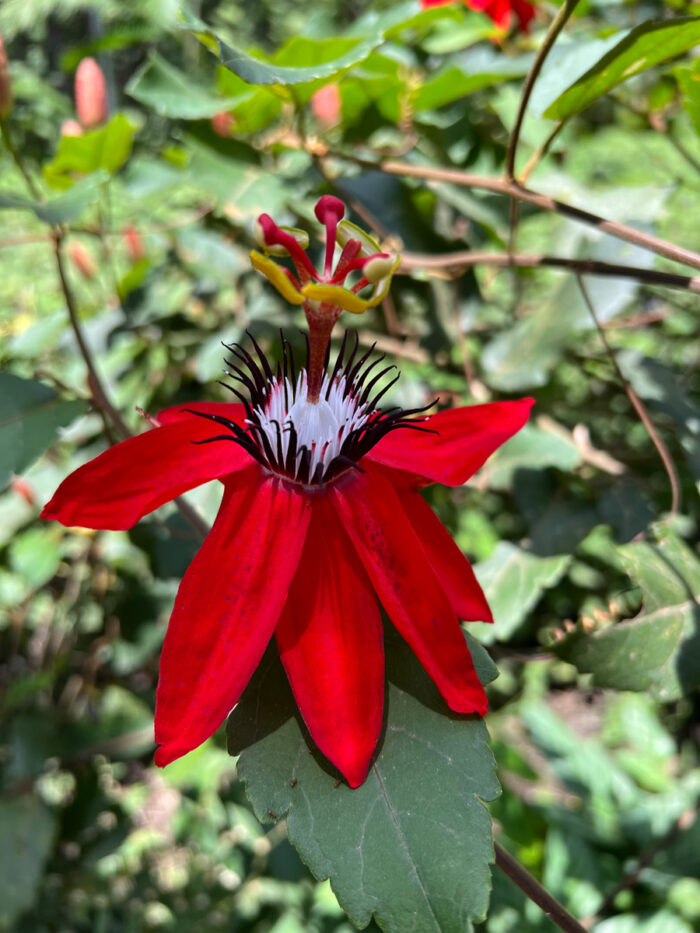
If you have the good fortune to travel to other countries and see how other parts of the world garden, you know that it can be inspiring. I usually return from travel wanting to incorporate what I have seen into my own garden. Often, foreign travel takes us to climates vastly different than what we experience in the Southeastern United States. Our unique combination of hot humid summers and wet winters makes this a singular place to garden. One of the best parts of gardening is experimentation. I have both succeeded and failed in many garden endeavors. This often happens when I try and replicate something I have seen during foreign travel that cannot be done in my climate successfully. Here I’ve compiled a few memorable lessons and ideas I’ve gained after visiting more than 20 countries on a quest to see the best gardens on the globe.
Find Substitutes for the Plants You Can’t Grow
Travel often puts plants in front of us that would be a challenge, or impossible, for us to grow in our region. My “holy grail plant,” a plant that has captivated me since I first saw it in a conservatory 20 years ago, is Himalayan blue poppy. This can refer to one of two similar-looking species: Meconopsis betonicifolia (Zones 6–8) and Meconopsis grandis (Zones 5–7). These are both alpine plants native to the Himalayan Mountains, and both are mesmerizing. The problem for us in the Southeast is that at about 60°F, these plants go into decline. They love cool soils and an overcast sky. The most outstanding displays of these poppies that I’ve seen have been in early spring in Scotland. I’ve also seen gardeners in the Pacific Northwest grow these plants with relative ease. The good news is there are lots of great poppies we can grow and enjoy in our region. I particularly like Oriental poppy (Papaver orientale, Zones 3–9). This is a clump-forming herbaceous perennial in the poppy family that is native to Central Asia. This plant presents its own challenges, as it does not like to be moved or disturbed, needs good drainage, and can decline if it gets extremely hot too quickly in the spring. The lesson here is if you discover a plant that is nearly impossible for you to grow, find the next best thing.
For more substitutions for plants we can’t grow well in the Southeast, learn how to satisfy your zone envy.
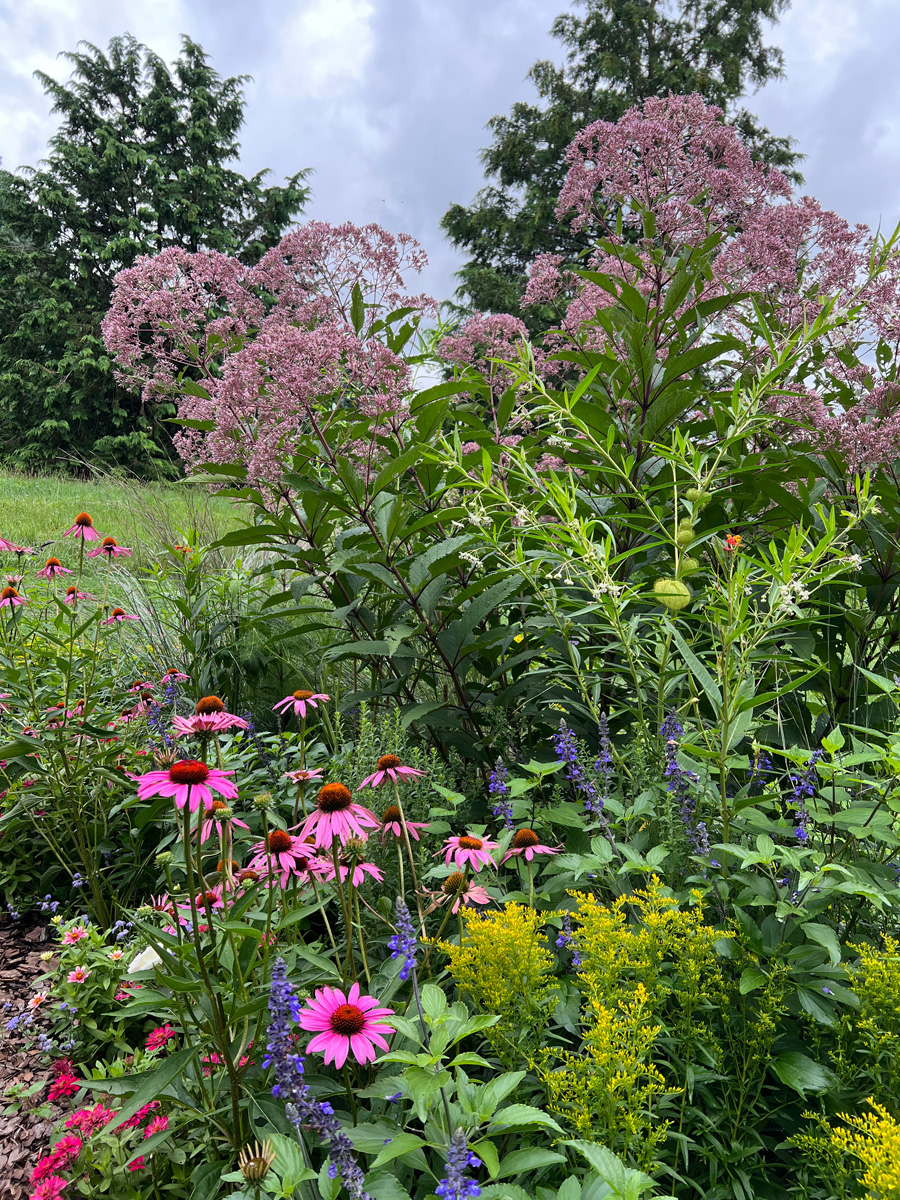
Embrace Our Native Plants
I have been lucky enough to spend some time in European gardens over the last several years. If you have visited many public gardens in Europe, you quickly recognize they love many of our North American plant species, particularly the sun-loving perennials we see on roadsides in the Southeastern U.S. It would be hard to find a perennial border in any well-known European garden without a few of our North American natives. We have a treasure trove of native plants in our country, and foreign gardeners are tapping into their beauty. If you haven’t gotten to know Southeastern natives like Joe Pye weed (Eutrochium spp. and cvs., Zones 3–10), ironweed (Vernonia spp. and cvs., Zones 4–9), or the countless other of our native plants that show up around the world, now is a good time. Gardeners in the U.S. as well as in Europe (and beyond) love to give many of these plants a late spring haircut. This pushes their bloom later in the season and keeps them from flopping over in the garden.
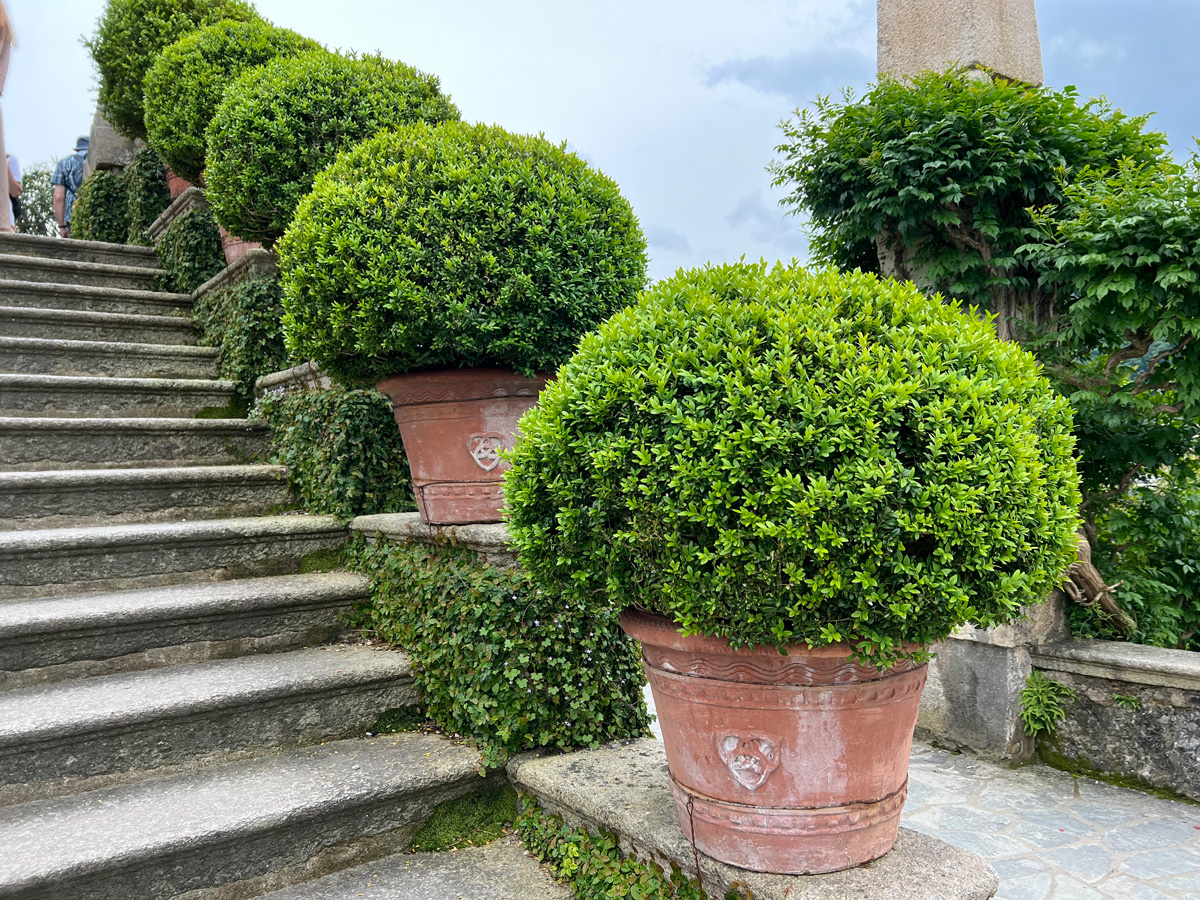
Grow Shrubs in Pots for an Effortlessly Formal Look
There is no rule that trees and shrubs only need to live in the ground. Over time, I have been guilty of narrow-mindedness when it comes to my nice display containers. During foreign travel, I am often reminded of how wonderful shrubs can look in such containers. You can complement these woodies with annuals if desired, but often they look just fine standing alone. A boxwood (Buxus spp. and cvs., Zones 5–8) in a container can add a nice formal element to a garden. A blooming shrub in a container can be lower maintenance than one packed with annual plants. Additionally, when they get oversized, you can transplant them to your garden or simply start anew.
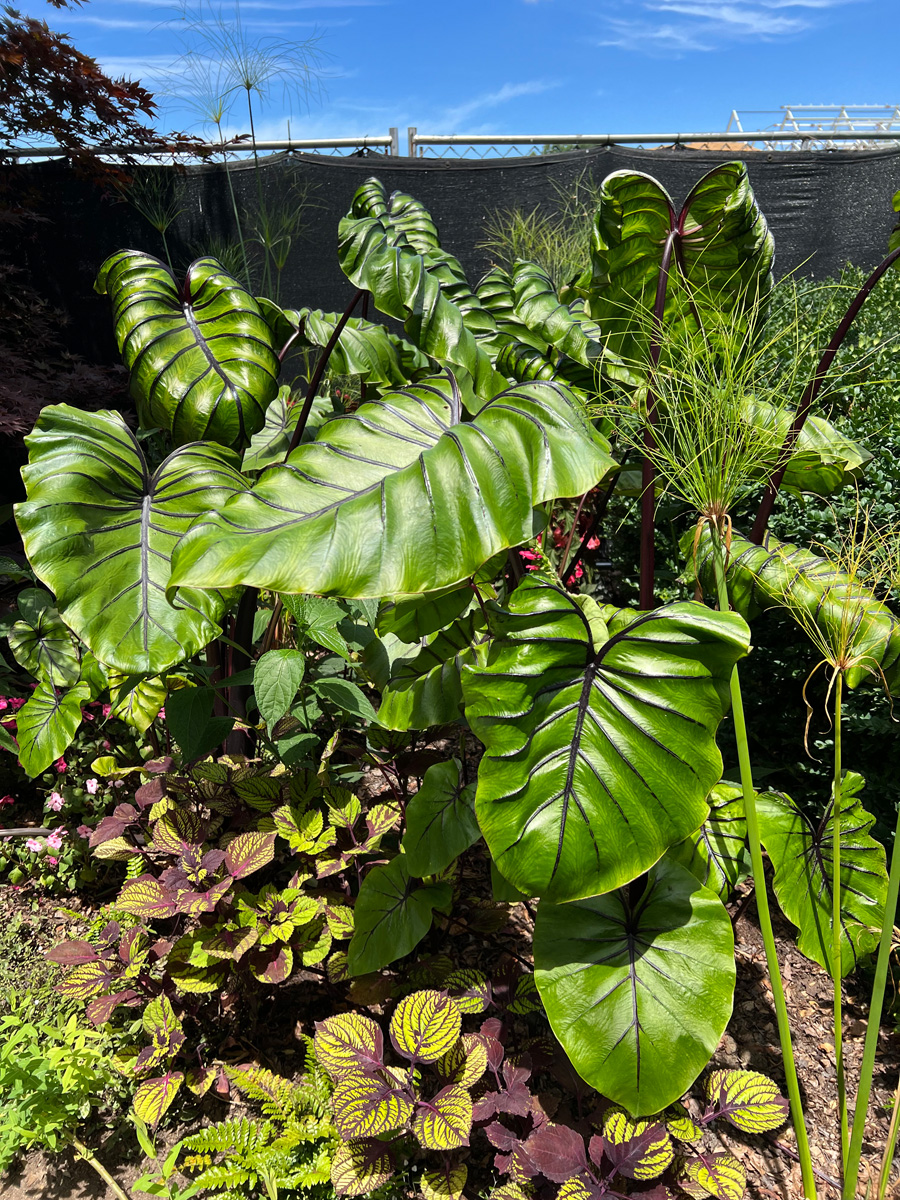
Embrace Tropicals That Grow in Your Hardiness Zone
If you travel to tropical climates, you may find yourself longing for the feeling of paradise in your home garden. Tropical plants are one of the best additions to a garden, often bringing wonderful bold-textured foliage and unusual flower forms. The best news is that there is a long list of tropical plants hardy to Zone 7 and above. This includes many gingers (Alpinia zerumbet and cvs., Zones 7–10), elephant’s ears (Colocasia spp. and cvs., Zones 7–12), and bananas (Musa spp. and cvs., Zones 4–11). These plants are also easy to share with gardening friends. Get to know other gardeners and find out which tropical plants have worked best for them. If you choose to grow a non-hardy tropical plant, you may be able to store it out of the cold during the winter in the Southeast and bring it outdoors again the following summer. See this article on overwintering tropical plants for more information.
Garden Travel Is Essential for Inspiration
You can gather a lot of inspiration from travel. Looking back at photos from a trip can help remind you of creative garden elements or wonderful plants you were introduced to. In the end, having a plant or idea you gathered on a trip is a good reminder of the time you spent away. I love visiting public gardens while traveling abroad. They are often filled with great plants, culture, and new gardening ideas.
I would love to hear more about your favorite gardening destinations around the globe. Add your top destination or any ideas you have for garden travel to the Gardening Answers forum.
And for more Southeast regional reports, click here.
Andy Pulte is a faculty member in the plant sciences department at the University of Tennessee in Knoxville.
Photos: Andy Pulte


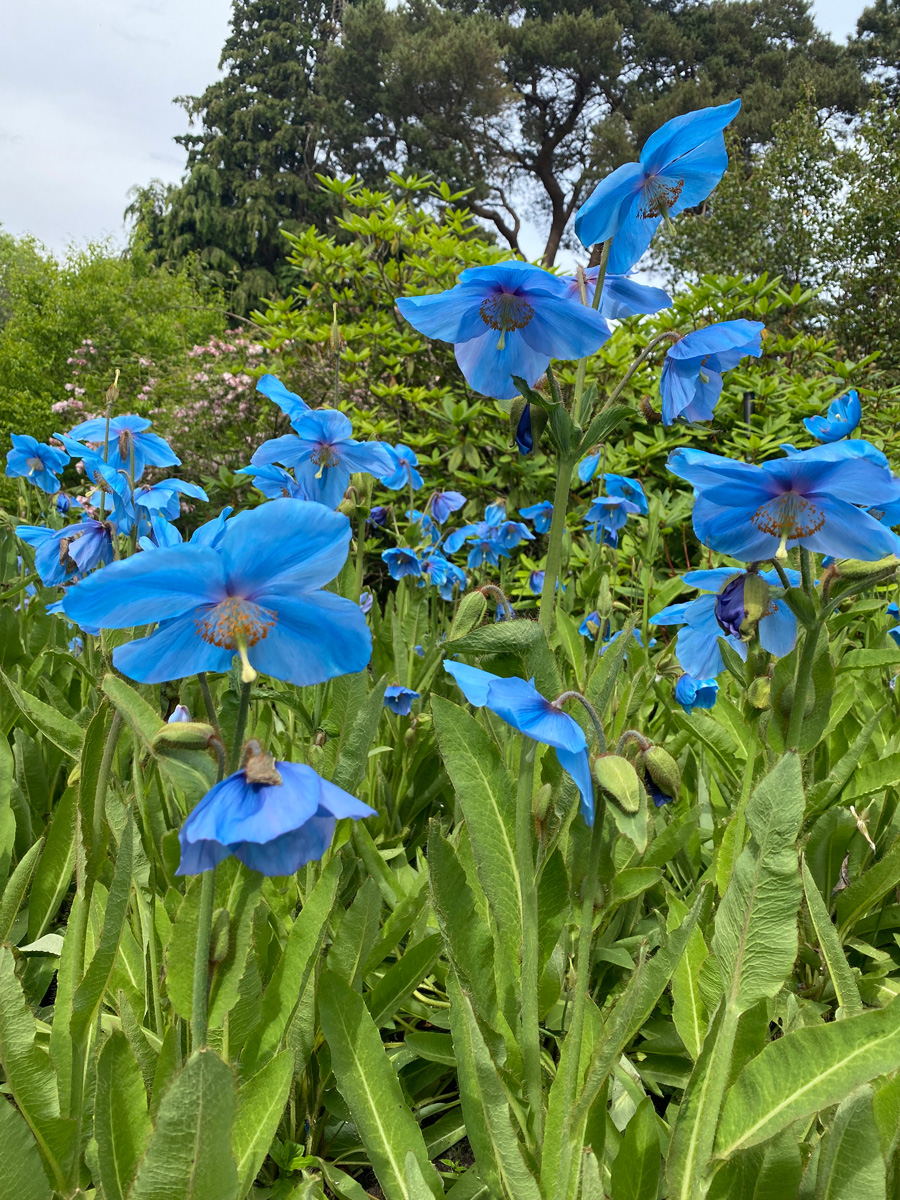
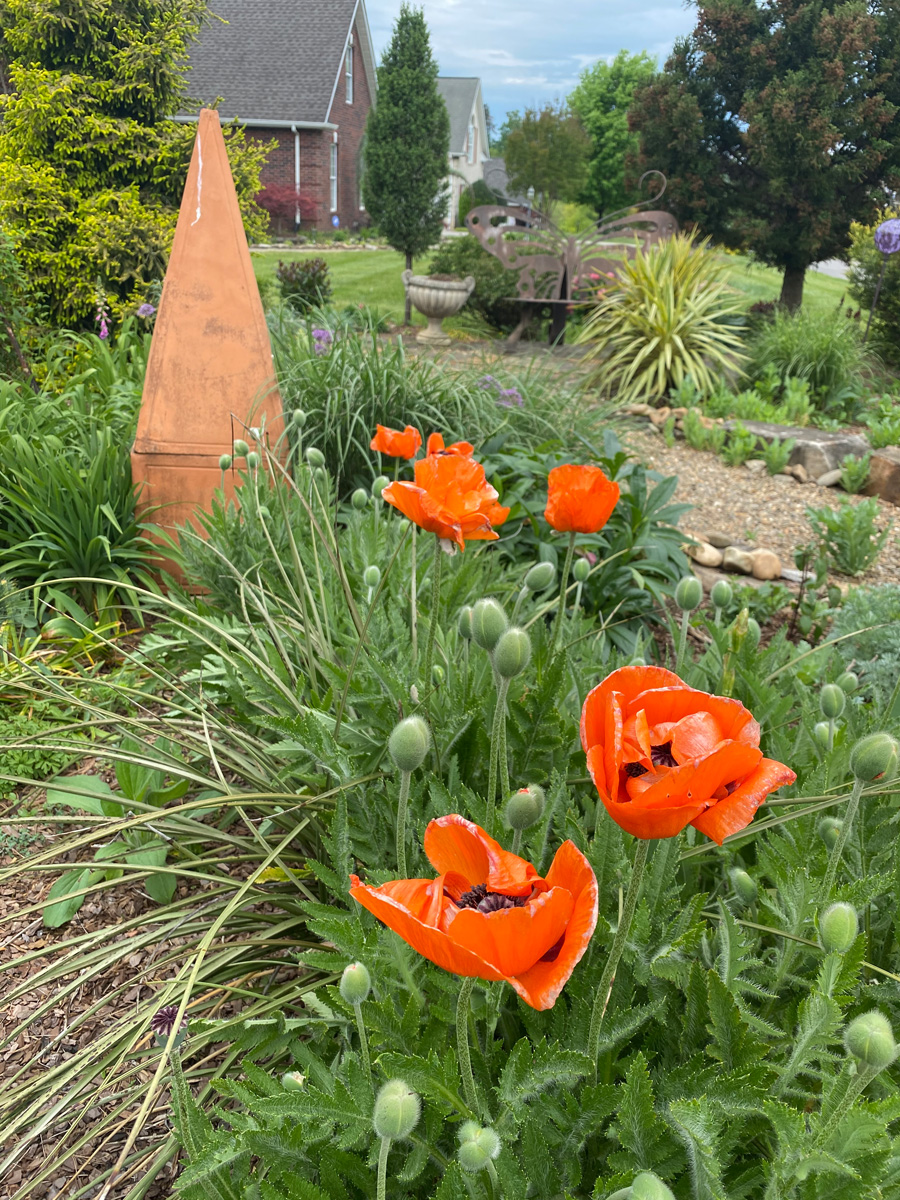




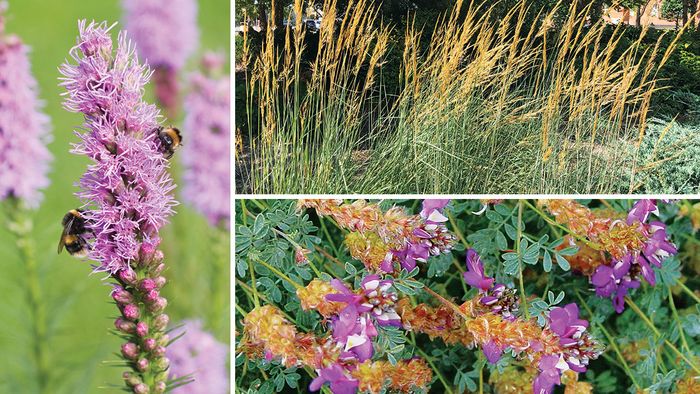

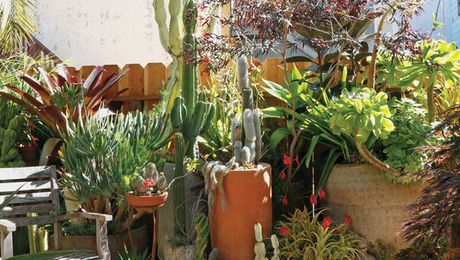









Comments
Log in or create an account to post a comment.
Sign up Log in